The Advantages of Animation over Video
At Hatch Studios, one of the most frequent questions we receive from clients is, “When should we use animation instead of live-action video?” It’s a fair question both mediums have their strengths, but they serve different needs. For the purpose of this discussion, we define “video” as traditional live-action footage content that’s shot with physical cameras, using real locations, actors, lighting setups, and equipment. While live-action can deliver realism and authenticity, it also comes with a number of constraints that animation can overcome. Below, we’ll explore key differences and advantages that explain why animation is often the smarter choice, especially for marketing and product-focused content.
When should animation be used instead of live-action video?
Animation should be used when a project requires creative flexibility, cost control, and the ability to revise visuals throughout production. Unlike live-action video where any change after shooting typically requires expensive and time-consuming reshoots 3D animation allows for fast and affordable modifications to scenes, camera angles, lighting, and environments. This makes animation an ideal solution for industries like automotive, tech, and marketing where visuals evolve quickly and budgets are often tight.
The Limitations of Live-Action Video
One of the biggest drawbacks of live-action production is its inflexibility after filming. Once a shoot is complete, the footage is fixed you can’t change the camera angle, lighting, or location without arranging an entirely new shoot. This often results in costly reshoots if clients request additional shots or changes during editing. Consider a common scenario: an automotive brand films a commercial, but after reviewing the edit, the client wants a close-up of the front grille a key design feature that was missed during the shoot. Unfortunately, that shot doesn’t exist. To capture it, the crew must schedule another production day, reassemble equipment, rent the location again, and coordinate with staff and clients. This can lead to significant budget overages and timeline delays. The lack of post-production flexibility in live-action is a major reason why brands are turning to animation.
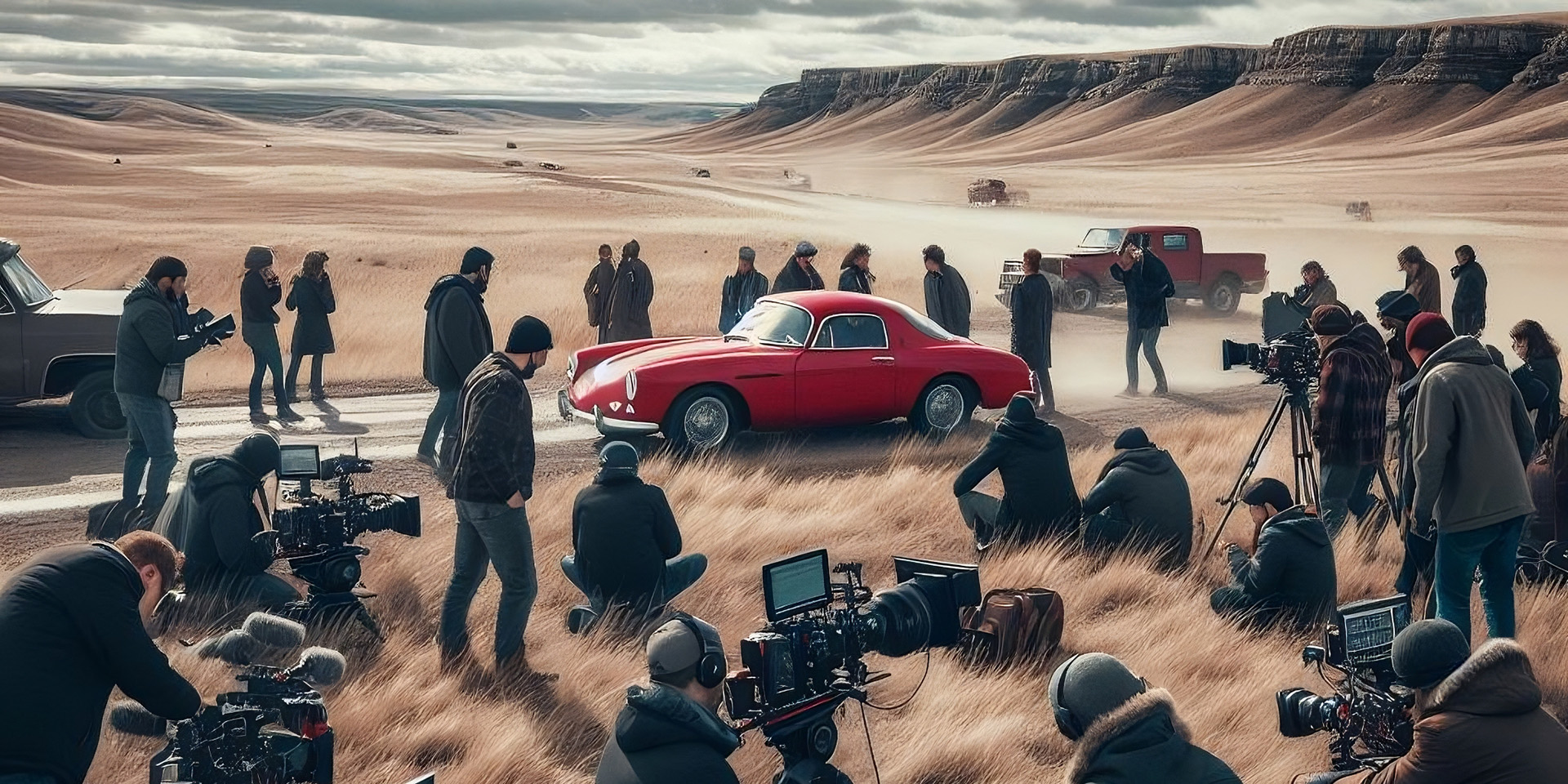
The Flexibility and Efficiency of 3D Animation
In contrast to live-action video, 3D animation offers an incredibly flexible and efficient workflow. Most of the effort in animation is invested early on in modeling and texturing. Once the digital asset is created such as a vehicle, product, or environment it becomes a reusable and editable file. This means any part of the animation can be modified at any time. If a client requests a new angle, camera movement, or scene addition, these updates can often be completed in under an hour by a single designer. There’s no need for a full production team, location booking, or reshoots. This flexibility significantly reduces costs and shortens delivery times. Moreover, animations can be reused across campaigns, platforms, and formats, delivering even greater long-term value.
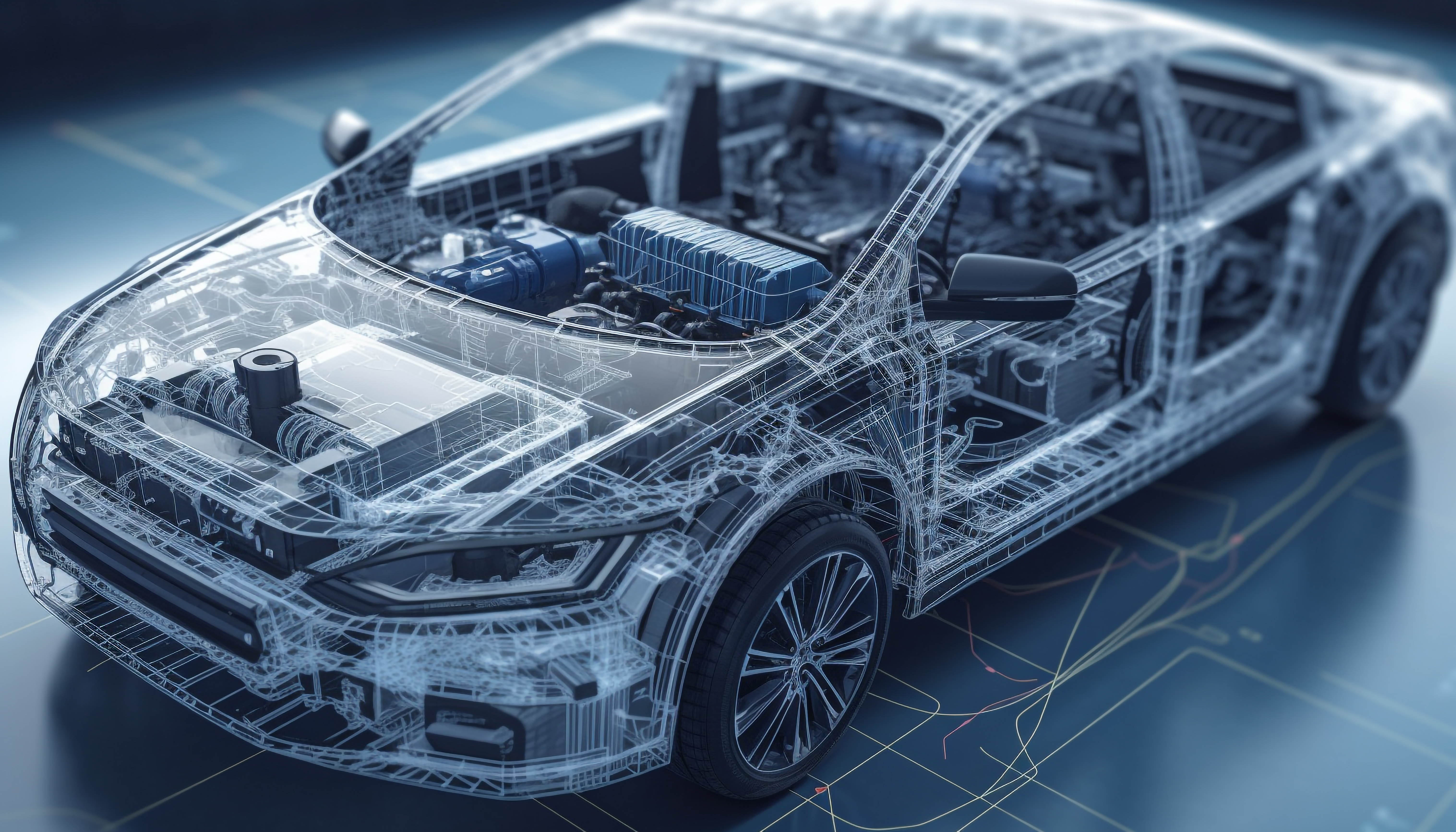
Control Over Lighting and Cinematography
Live-action productions are limited by natural and artificial lighting conditions. Weather can play a major role cloudy days can dull footage, while bright sun may create unwanted glare or shadows. Even with lighting rigs and reflectors, achieving the perfect look is not always possible. In 3D animation, however, you control every detail. The lighting can be adjusted to match any time of day, mood, or style. You can recreate golden-hour lighting, simulate stormy weather, or cast specific shadows to highlight product features. Additionally, the virtual camera in a 3D environment can be manipulated at any point in production. Want a crane shot, dolly zoom, or aerial perspective? No problem it’s all software-controlled. This creative freedom allows for highly polished, cinematic results without the limitations of a physical shoot.
Virtual Locations Eliminate Real-World Constraints
Finding and securing locations for live-action shoots can be expensive and time-consuming. A location scout must identify suitable backdrops, secure permits, and manage logistics for moving crews and gear. Even then, once a scene is shot, it becomes locked into the narrative. If the client decides a different background would work better or wants to feature multiple locations, those changes require another shoot day. In 3D animation, none of these issues exist. Environments can be created or swapped digitally at any time. You can feature a product in a studio, a city street, or a mountain road all in the same video, without additional cost or effort. This versatility makes animation particularly effective for product showcases, explainer videos, and global marketing campaigns, especially when partnering with an experienced Animation Studio in Toronto.
Real Projects: Hatch Studios and Automotive Animation
At Hatch Studios, we’ve applied these animation advantages to real-world projects for top automotive brands including Ford, Toyota, Fiat, and Mini. Each of these projects benefited from the flexibility of 3D animation. In many cases, clients requested last-minute changes to vehicle shots, camera angles, or environments. These changes would have been impossible or extremely costly had the videos been shot live. Our 3D workflows allowed us to deliver high-quality visuals, both photorealistic and stylized, on budget and on time. In an industry that often deals with evolving designs and tight marketing schedules, animation has proven to be a powerful tool.
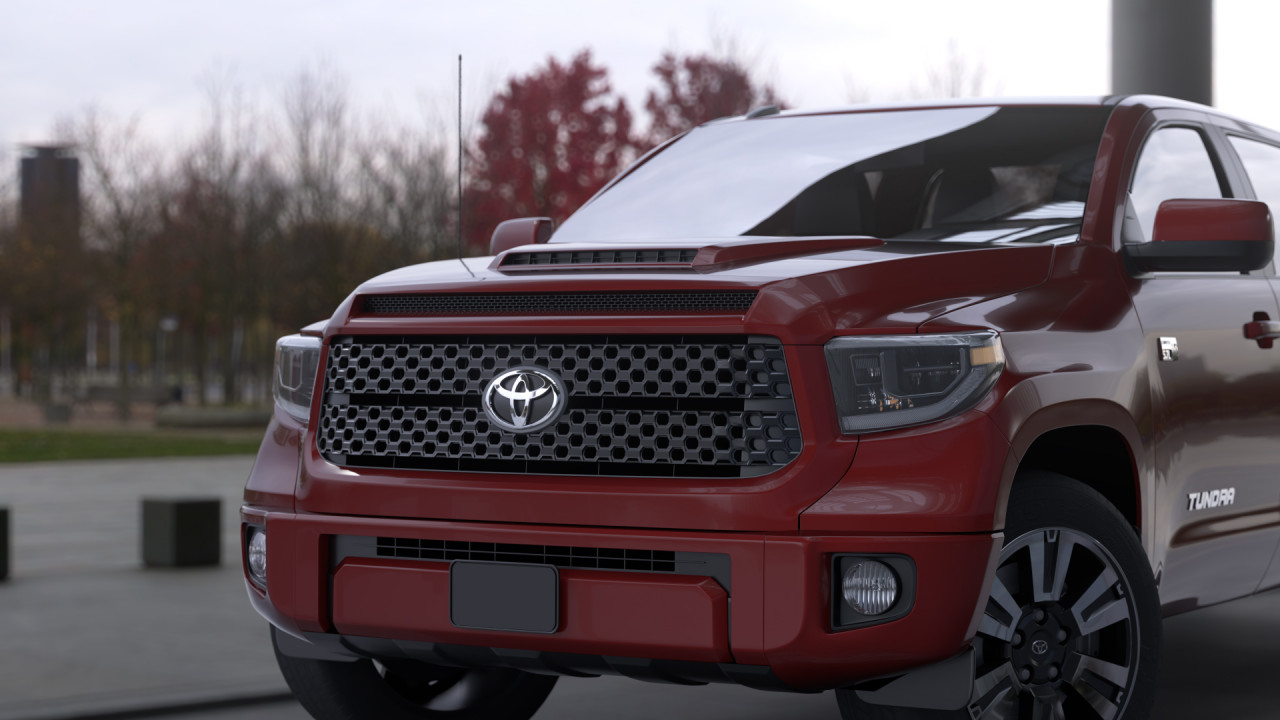
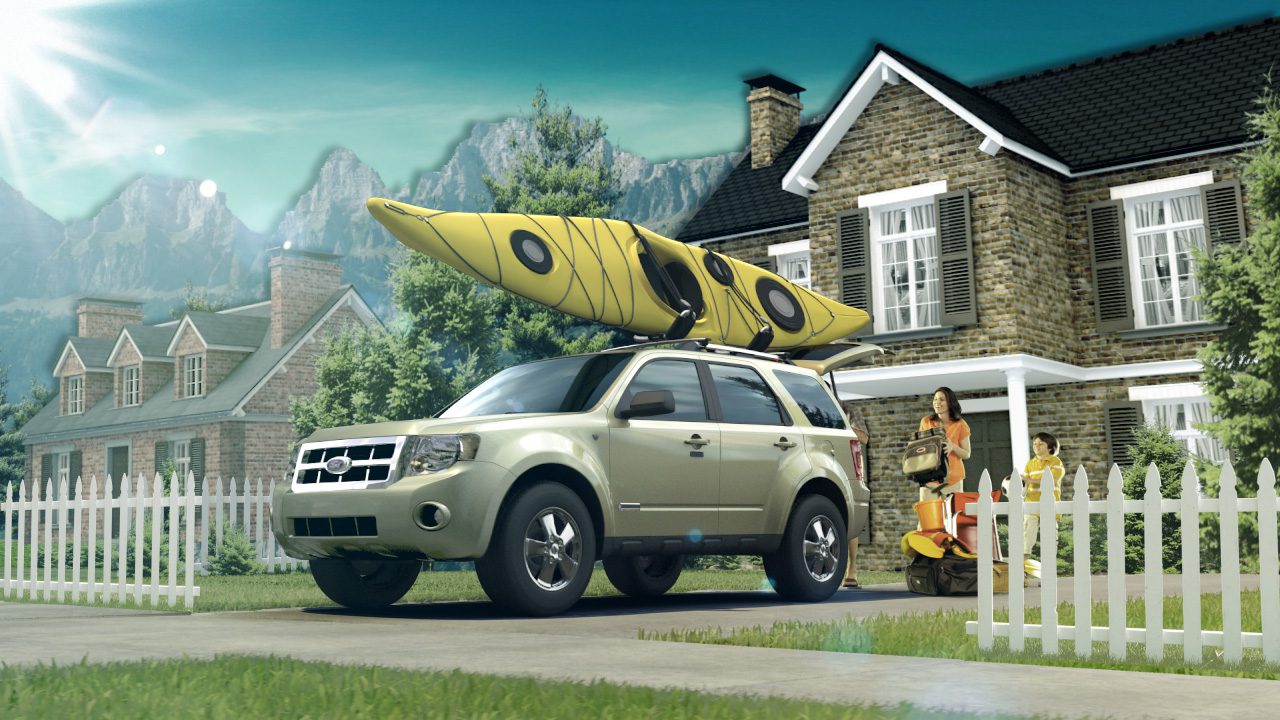
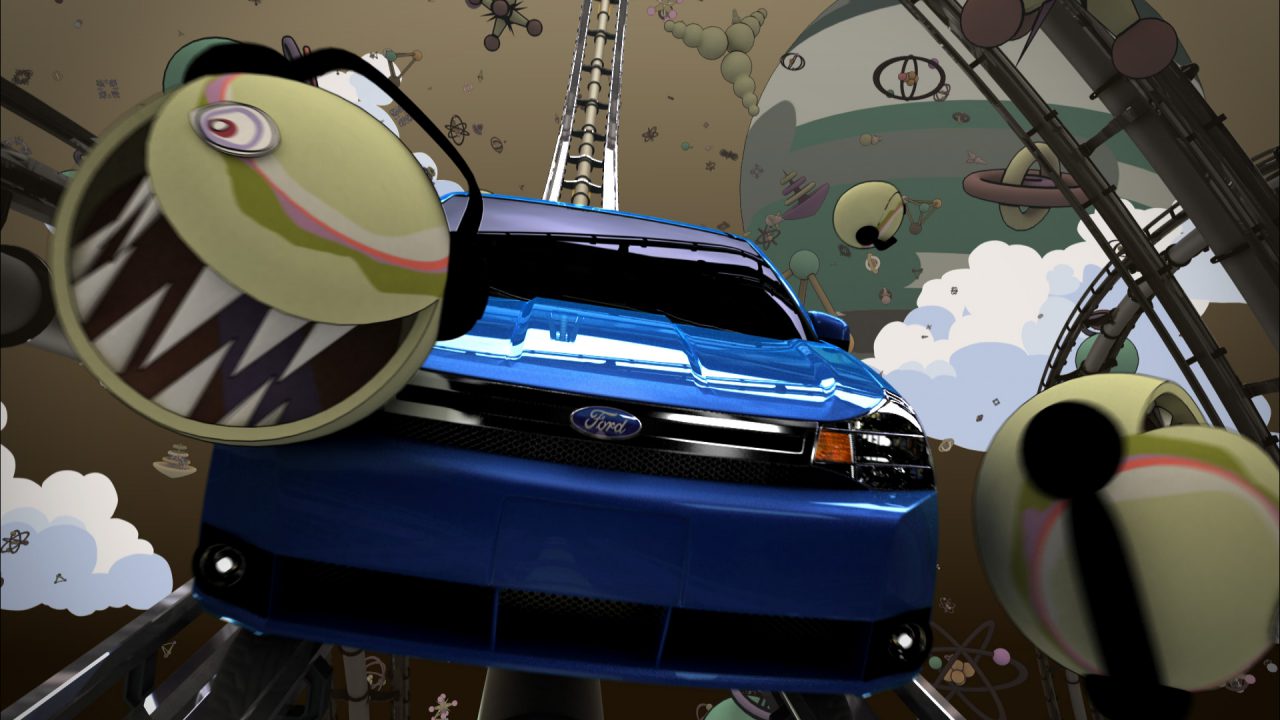
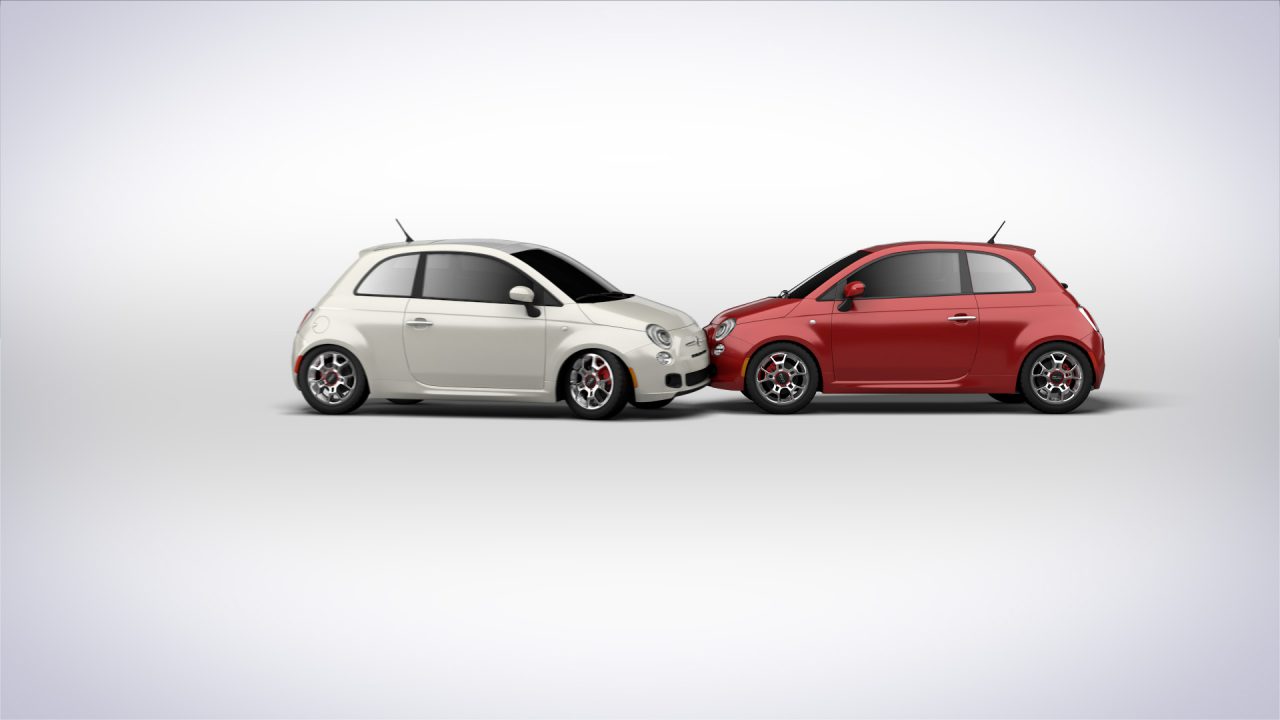
Vehicles aren’t the only example. Product renderings such as the examples below developed by Hatch Studios offer the same advantages. 3D animation allows products to be manipulated, exploded, dissected and more, so as to effectively show how they work.
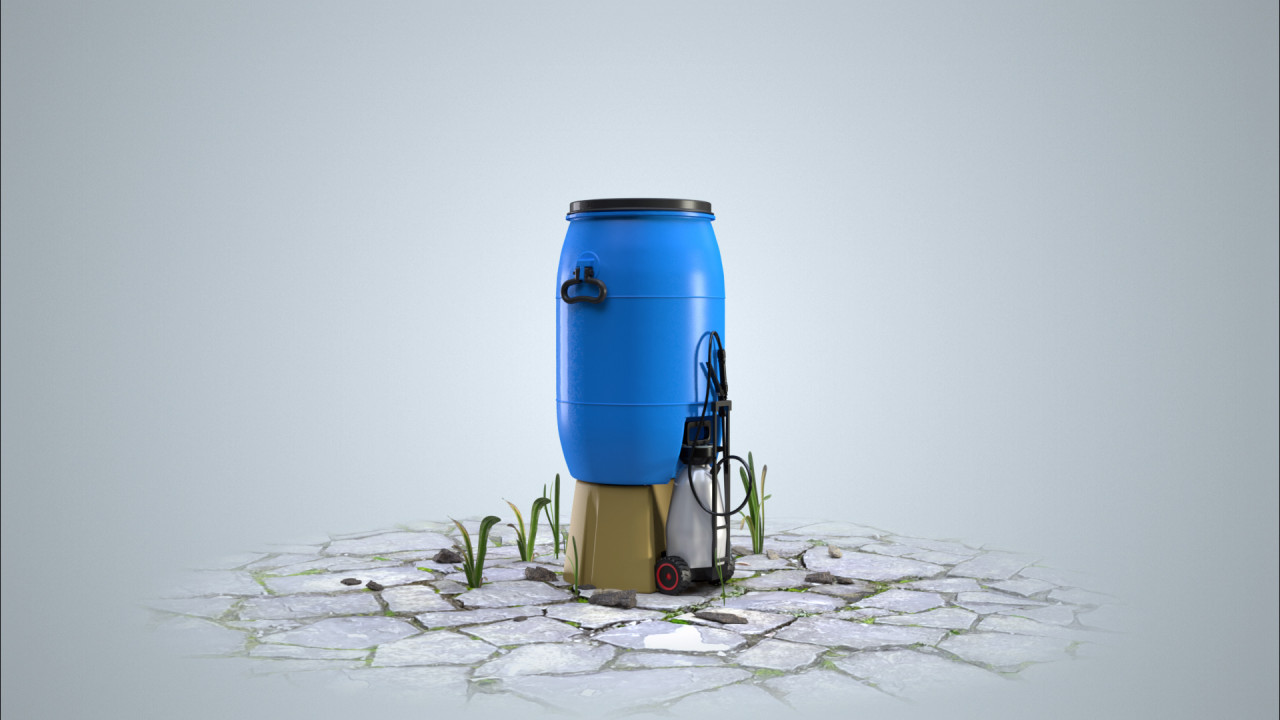
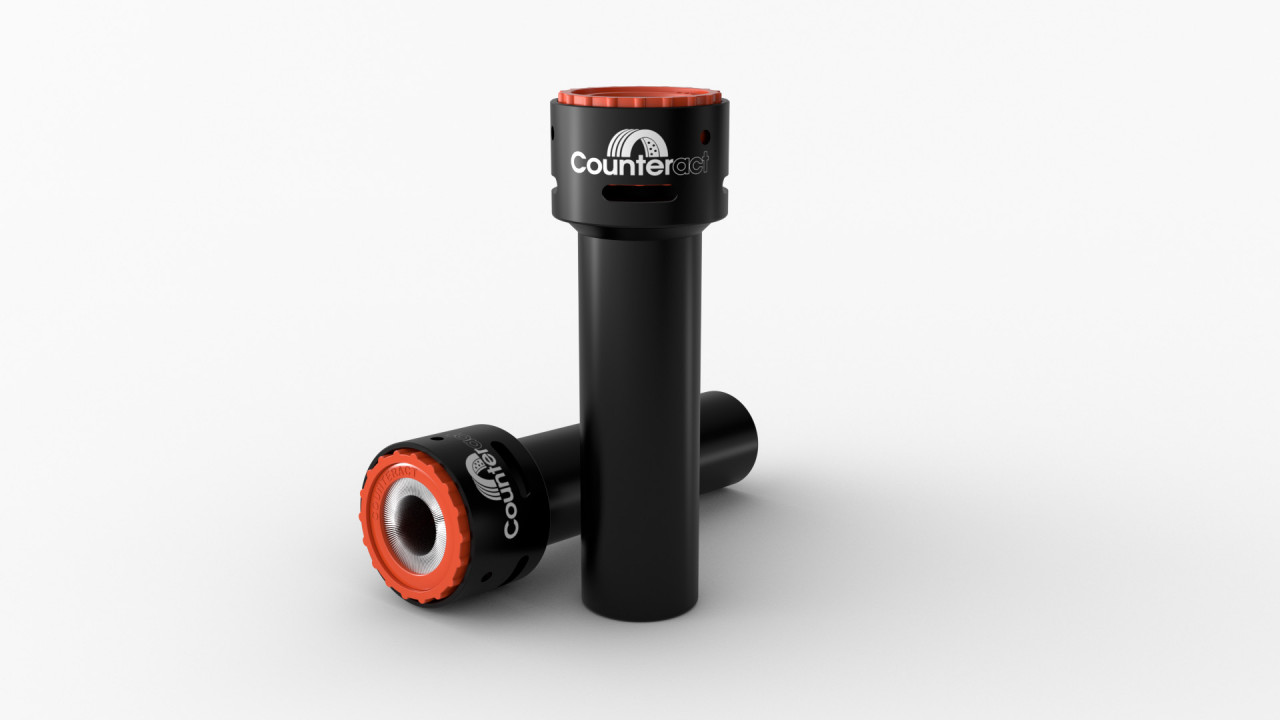
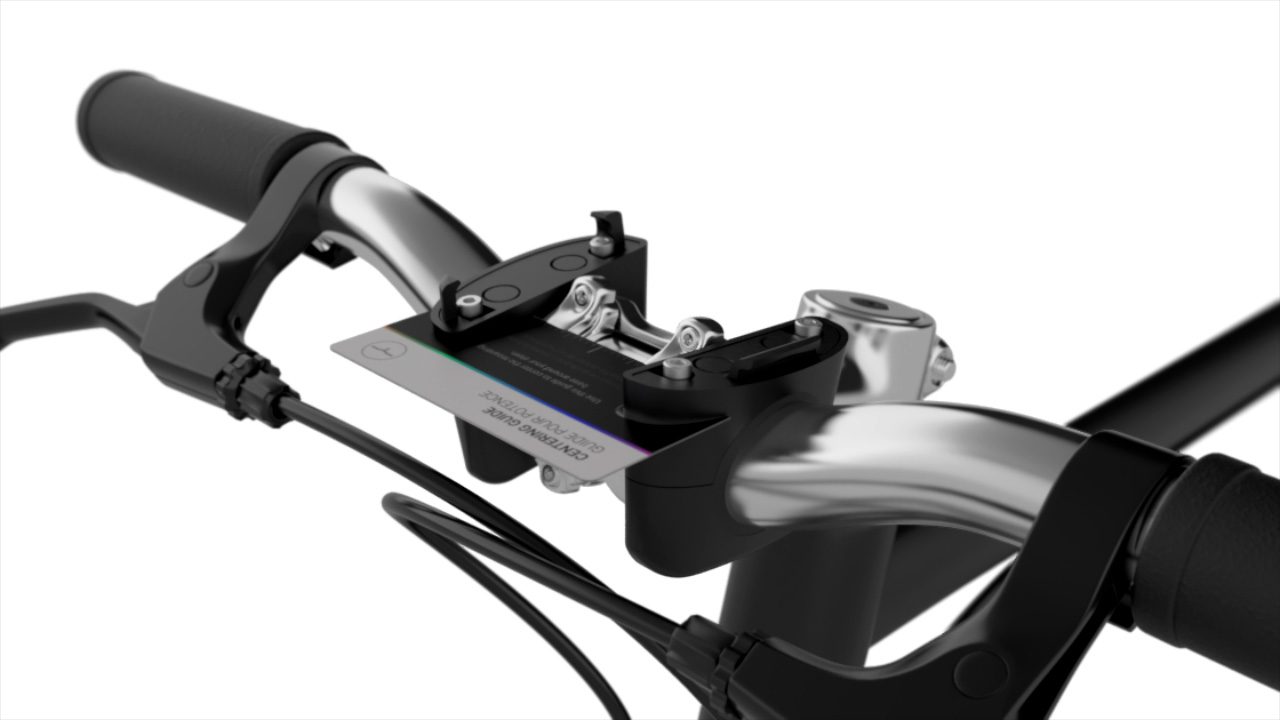
As do mechanical and construction industries developed by Hatch Studios. 3D animation allows for explanatory scriptwriting showing how the services and / or products operate.
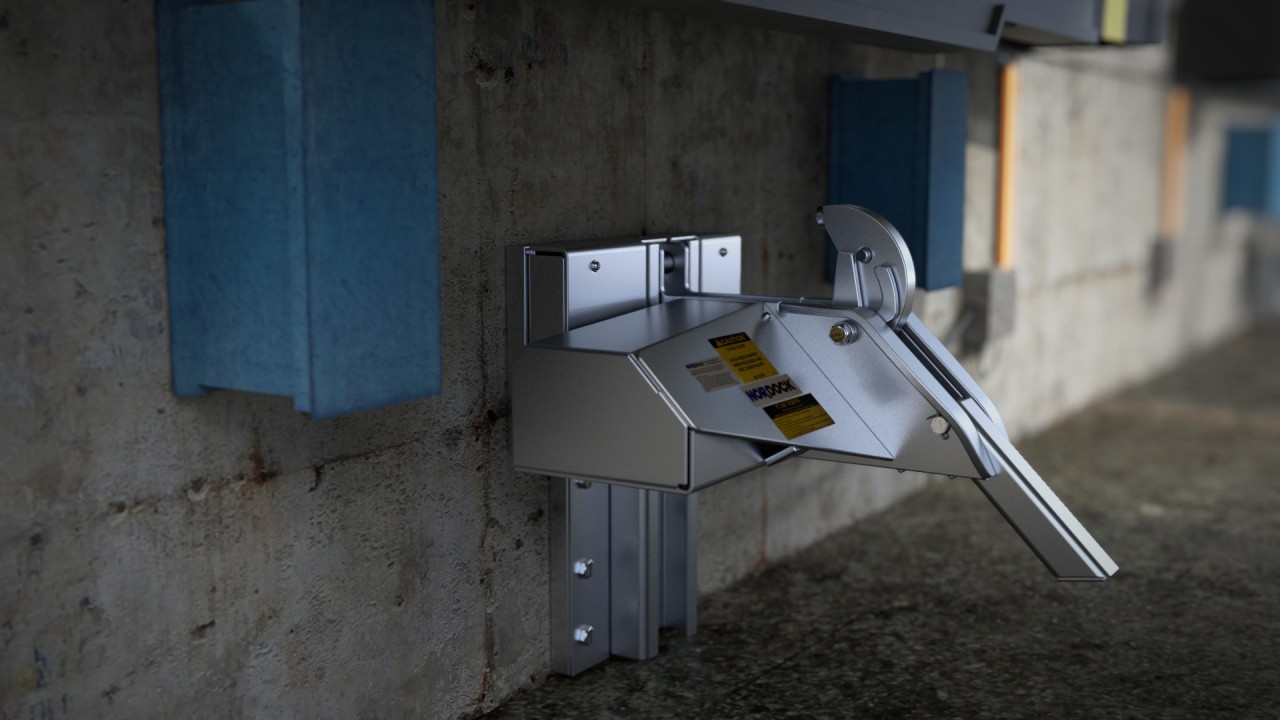
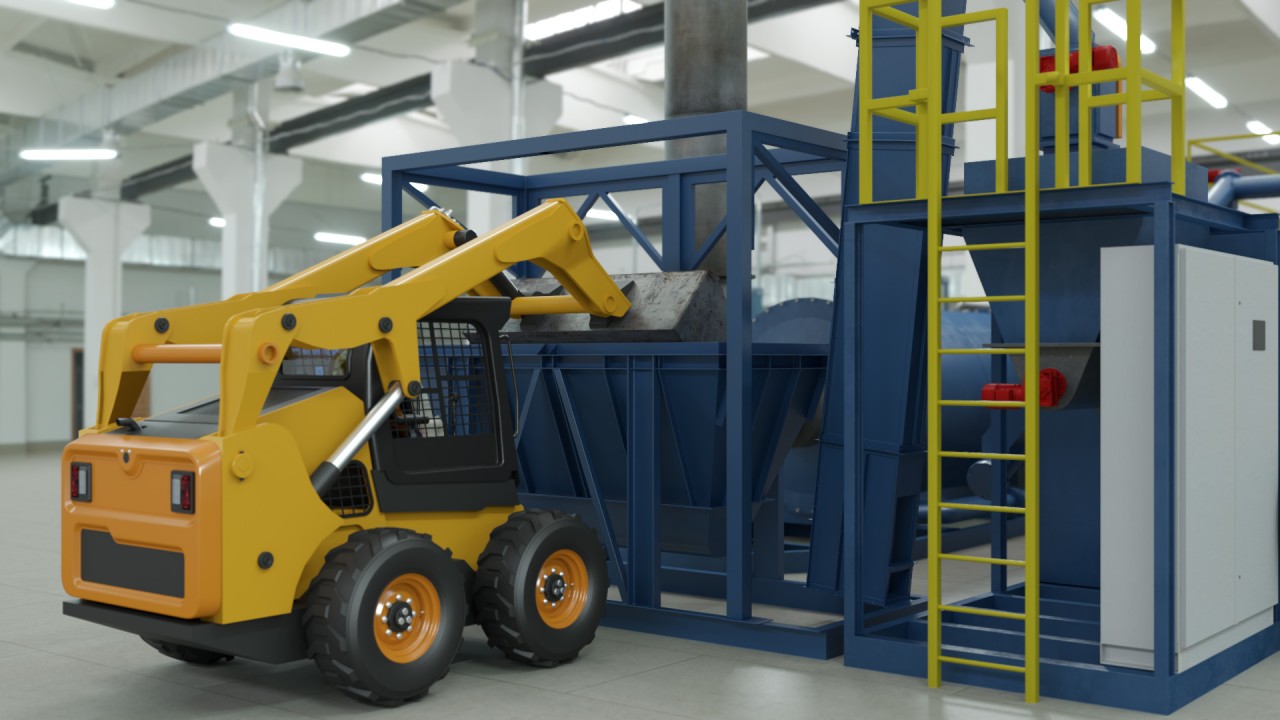
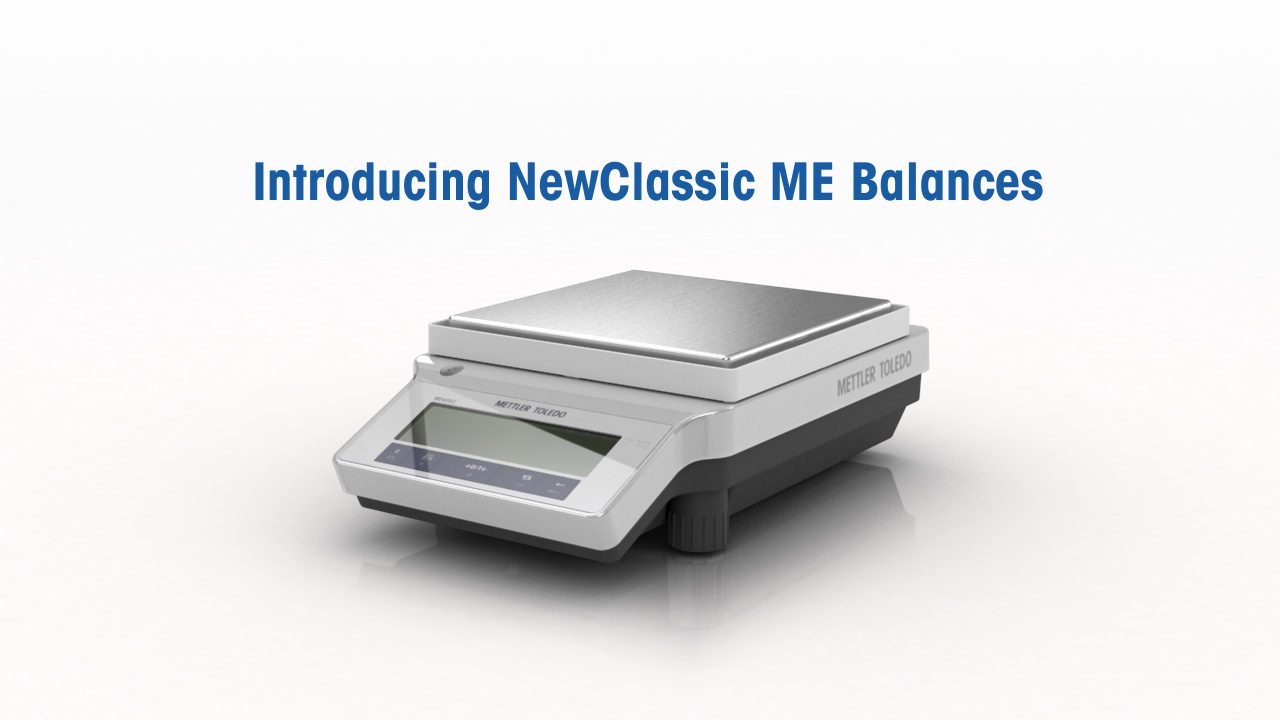
And even architectural visualization developed by Hatch Studios.
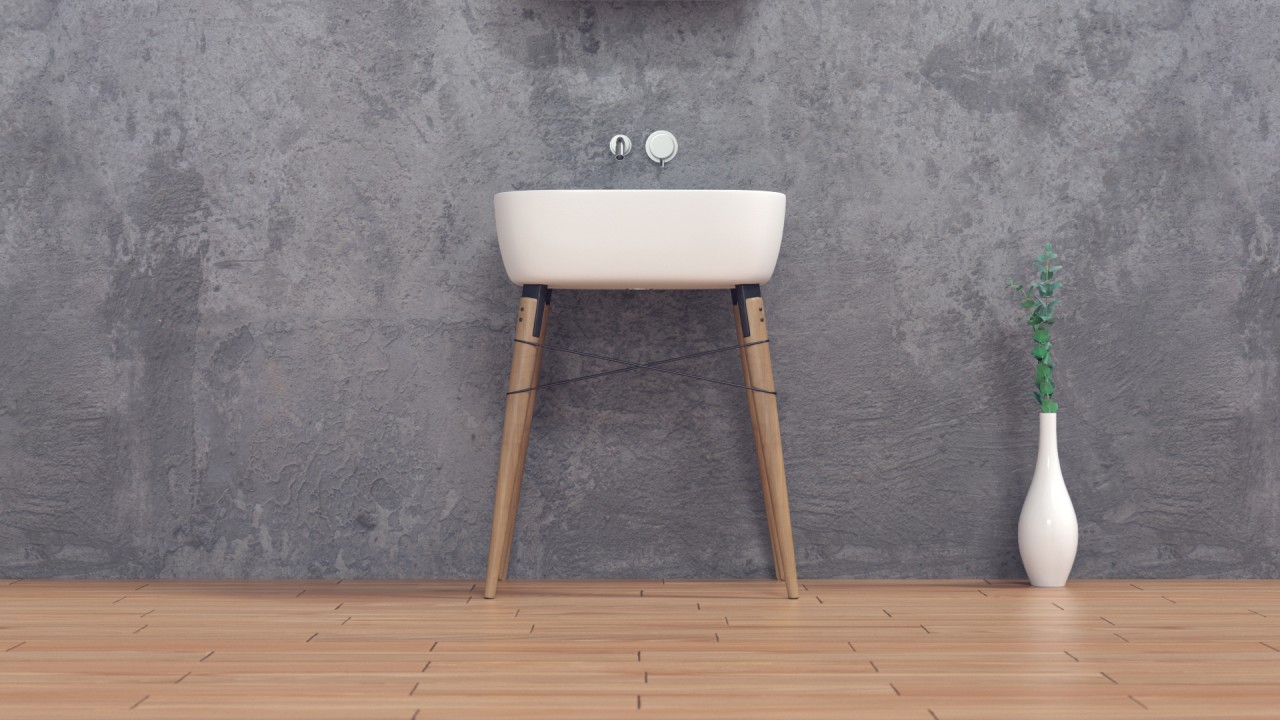

Having understood the enormous advantages of 3D animation over video, consider Hatch Studios for your next video project. Hatch is a Toronto-based animation studio that has been working with national and international clients since 2006, helping them showcase their products and services in a clear, concise and effective manner using cost-effective, state-of-the-art animation and motion graphics.